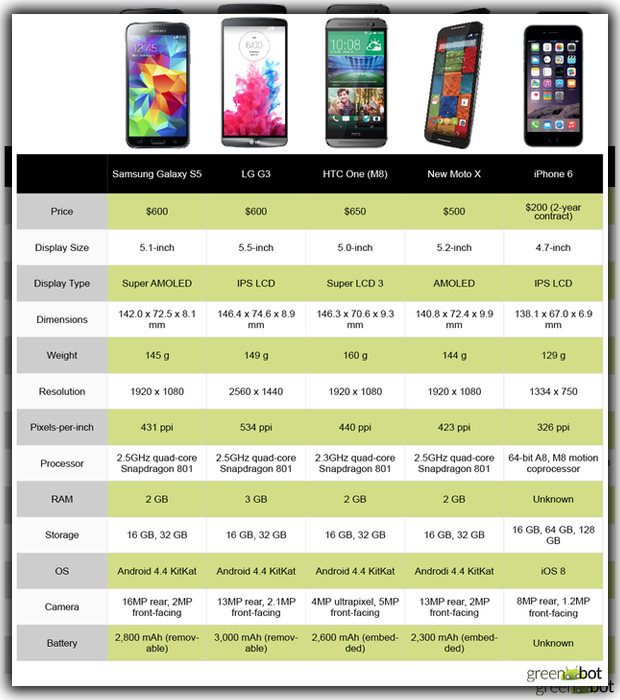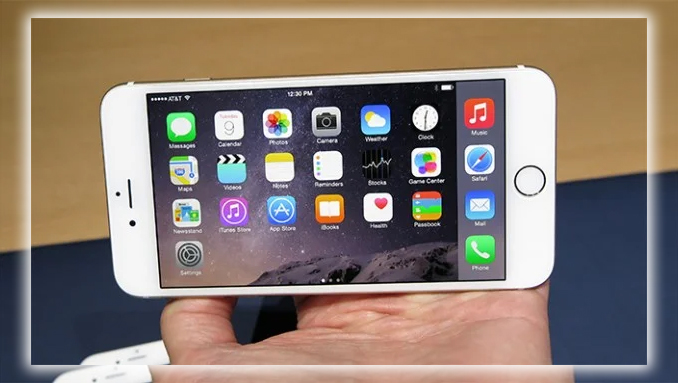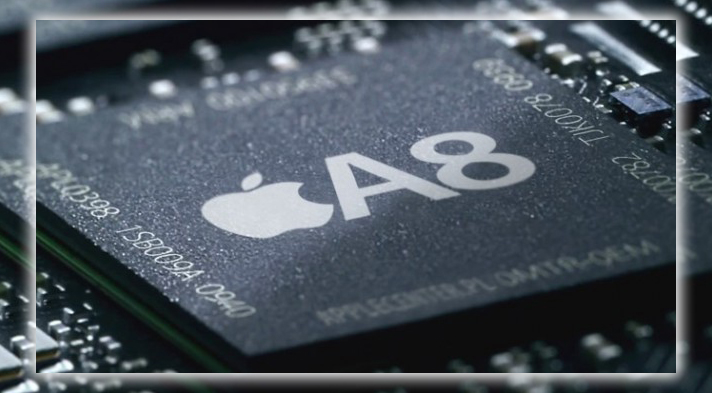
Apple Catches Up in Screen Size but not Resolution
No one is blaming Apple for not putting a 2K screen on the iPhone 6. It’s a nice feature to have but hardly necessary. Still, Apple needs to catch up in the resolution department. By marketing the current iPhone’s screens as a Retina Display. The company has got away with shipping phones that aren’t HD, instead focusing on a pixel per inch.
PPI is arguably more important when it comes to smartphone screens, especially when you’re dealing with large displays. The iPhone 6 had finally crossed the threshold and now has an HD display. With a resolution of 1334 x 750, Apple’s latest flagship has passed the 720p HD mark. At 326 I, it’s considerably less pixel-dense than the latest Android phones.
Unless it’s a mid-range smartphone, the go-to screen resolution for Android phones is 1080p or Full HD. It’s an excellent noticeable step up from 720p, though anything higher, like the G3’s 2K display, is a bit much. To get this resolution from Apple. You need to bump up to the 5.5-inch iPhone 6 Plus, which is $100 more expensive.
The advantage of the new iPhone 6’s 4.7-inch display is that the phone will still be easier to handle in one hand. Even though some of the most compact flagship Android smartphones are still a two-handed affair. The 0.7-inch increase in screen size for the iPhone is a sizable jump for iOS users that want a larger display that’s not overwhelming.
New A8 Processor Remains Mysterious
The iPhone 6 comes with a new A8 processor and a new version of the M8 co-processor. Apple only mentioned a few details about the new processor family. Except that processor C is 25% faster than the A7 the graphics processor is 50% faster. Made on a 20nm manufacturing process, it’s also more power-efficient. As impressive as that sounds, it still needs to tell us more. For example, we need to find out how much RAM Apple packs in.
In stark contrast, processor information in Android phones is always detailed. While there are a variety of chipset makers out there, Qualcomm is the most popular among high-end phones. The G3, Galaxy S5, and HTC One M8 ship with the Snapdragon 801. While all three smartphones use slightly different models of processors, the M8 has a slightly lower clock speed. All three perform similarly, with tons of raw power.
The iPhone will likely need a complete teardown before the RAM is revealed. Apple has included 1GB for the last couple of years, so a jump to 2GB is welcome.
The new iSight Camera is Better but still 8 megapixels
You should know that there are other essential things for a great camera experience than megapixel count. Apple’s last iPhone proved that with a superb 8-megapixel camera. While the iPhone 6 camera is still 8 megapixels, the sensor is new.
Some of the new improvements in the iPhone 6’s camera. Include the addition of focus pixels that allow for phase detection autofocus, improved noise reduction, local tone mapping, and digital image optimization. A key point: 720p slo-mo video can now be recorded up to 240 frames per second. With 30fps playback, that’s a dramatic 8x slo-mo function that surpasses what we see on Android phones.
The iPhone’s front-facing camera is a mere 1290 x 960 with only 720p video recording. But the aperture has been widened to f/2.2. Android phones are killing Apple here.
NFC Apple Pay
Apple finally introduced NFC into its new line of smartphones and introduced its very own payment system. By utilizing passbook Touch ID, Apple Pay has created a way to pay for products that’s not unlike existing platforms today, only a little simpler. It’s essentially a Tap to Pay system, which it has been offering for a long time now. Although it’s hard to call it a success.
iOS users with the iPhone 6 can use the existing Tap to Pay locations. But Apple has been working hard to get systems out on a broader scale. This is good news for Android fans, as the retailer end appears to be standard NFC. A store that supports Apple Pay will probably help all NFC payments.
















